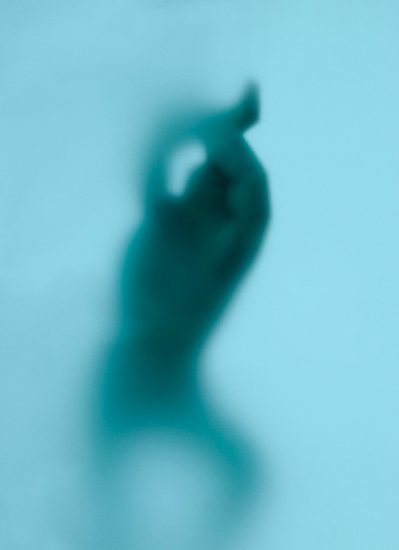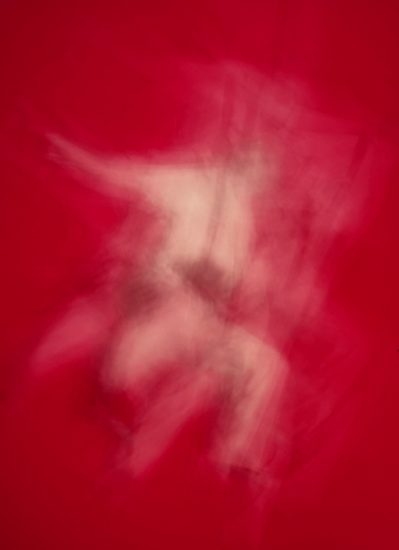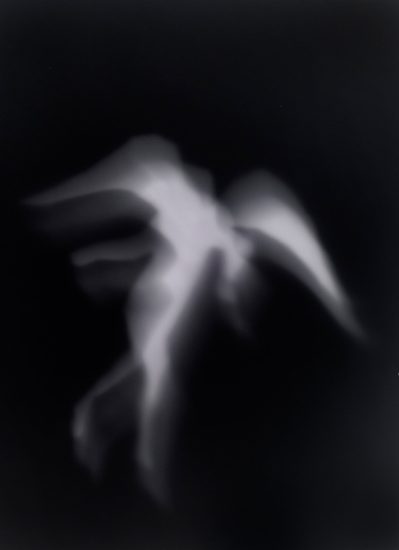April 8 – June 20, 2020
ClampArt is pleased to present “Bill Armstrong | Falling Through History,” an online exclusive exhibition at Artsy.net
Bill Armstrong writes: “I certainly don’t claim to be prophetic, but it’s interesting that in 2019 I concentrated on a series about falling figures that centers on the theme of ‘hubris’ and refers to dark subjects. I think that even before the advent of Coronavirus, there was a sense that the danger of political instability might be greater than we could anticipate, and that hubris was playing out on a huge scale. Now it seems there is something biblical about this reckoning with a modern day plague. Some of the figures aren’t falling, but appear to be suspended, representing a state of grace (however momentary). In researching the history of falling I found, surprisingly, that the survivors of long falls rarely experienced fear while descending. Falling isn’t the problem; it’s the landing. Let’s hope for a soft one.”
—
“Falling Through History” is a series of photographs that transforms falling figures appropriated from the history of western art, from ancient Greece to the present. The goal is to extract the figures from their historical moment and connect them in a continuous stream that transcends period, style, and subject matter to reveal the psychology of falling as a universal aspect of human consciousness.
Many of the images allude to grim subjects: the story of Icarus, the descent into hell, accidents, and suicides. One might say that the artist’s preoccupation with falling reflects a sense that we live in dark times. Yet acrobats, divers, and dancers embrace falling as part of their practice. Poets speak of falling in love. The figures appear the same, in falls of terror or joy, whether they are plunging to their death or splashing into a lake. Armstrong is interested in the tension created by that uncertainty and how it affects the viewer’s response.
Some of the photographs are long exposures that accentuate the motion of falling. Others are more still, capturing a moment frozen in time, a moment of levitation. Perhaps the figures suspended in ether can therefore be seen as metaphors for transcendence, for a lightness of being. It is a state that may only exist temporarily in the face of the inevitable—the transience of all experience—the fact that the ground is always rushing up, and the best one can hope for is a soft landing.
Armstrong has been exhibiting nationally and internationally for many years. His work was featured in a two-person exhibition at the Philadelphia Museum of Art in 2008 and in a mid-career retrospective at the Southeast Museum of Photography in Daytona Beach in 2010. His photographs are included in the permanent collections of the Vatican Museum, Rome; Victoria & Albert Museum, London; Philadelphia Museum of Art; Brooklyn Museum, New York; Houston Museum of Fine Arts; and the Bibliothèque national de France, Paris; among many others. He has exhibited work in numerous other museums including the Smithsonian Institute, Washington, DC; George Eastman House, Rochester, New York; Hayward Gallery, London; Musée de l’Elysée, Lausanne, Switzerland; Centro Internazionale di Fotografia, Milan; and FOAM, Amsterdam.
One of Armstrong’s images was chosen for the cover of The Edge of Vision: The Rise of Abstraction in Photography by Lyle Rexer (Aperture, 2009). His work appears in Face: The New Photographic Portrait by William Ewing and Exploring Color Photography by Robert Hirsch, among other books. He has also been published in numerous periodicals and newspapers including The New Yorker, The New York Times, Harper’s and Eyemazing. Armstrong is on the faculty at the International Center of Photography and the School of Visual Arts.













































